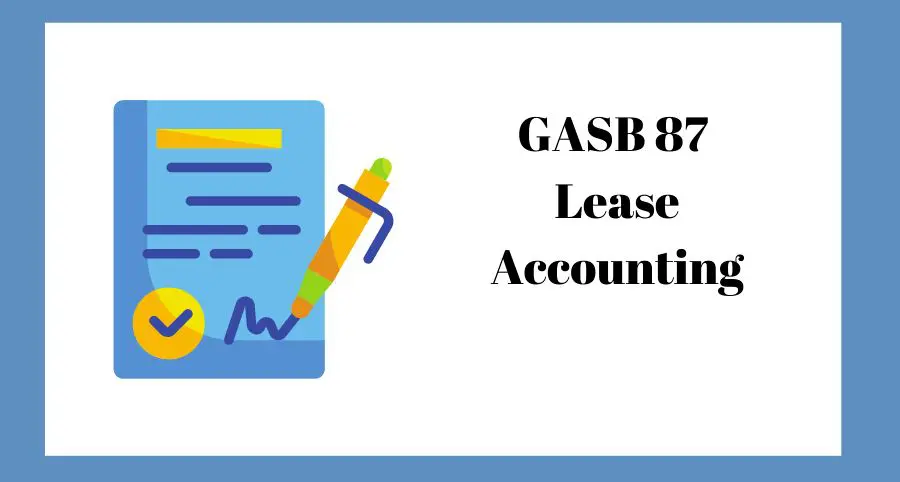
GASB 87
GASB 87 is here! Are you ready for it?
The implementation of tracking leases and their liabilities are here. What does that mean for you, and how does it affect your current work?
Gone are the days of asking. “Is this an operating or Capital/Finance lease?” Under GASB 87, leases classified as either finance leases or operating leases will have the same expectation on how they are reported. Anything determined as a lease will need to be tracked, have a good understanding of the lease terms, and know the cost liability through the entirety of the lease.
What is considered a lease?
The definition given by GASB is this. “A lease is defined as a contract that conveys control of the right to use another entity’s nonfinancial asset (the underlying asset) as specified in the contract for a period of time in an exchange or exchange-like transaction.” Simply put, it’s an agreement with a fixed price, paid over a designated amount of time with rights to use or own the asset.
Other Things to Consider.
- Initial Cash Outlay or “down payment”
- Lease start and end dates
- Payment Information
- Costs
- Payment Dates
- Interest
- Additional payment terms
- Options to extend or terminate the agreement
- Buy-Out option
- Additional components to the agreement (such as a service or maintenance portion)
- Discount rate
At the end of the day, GASB is looking to improve transparency and consistency of lease accounting for state and local governments, confirming that best efforts are being made to collect all your leases, understand the agreements established by those leases, and know the past and future financial liability of those leases.